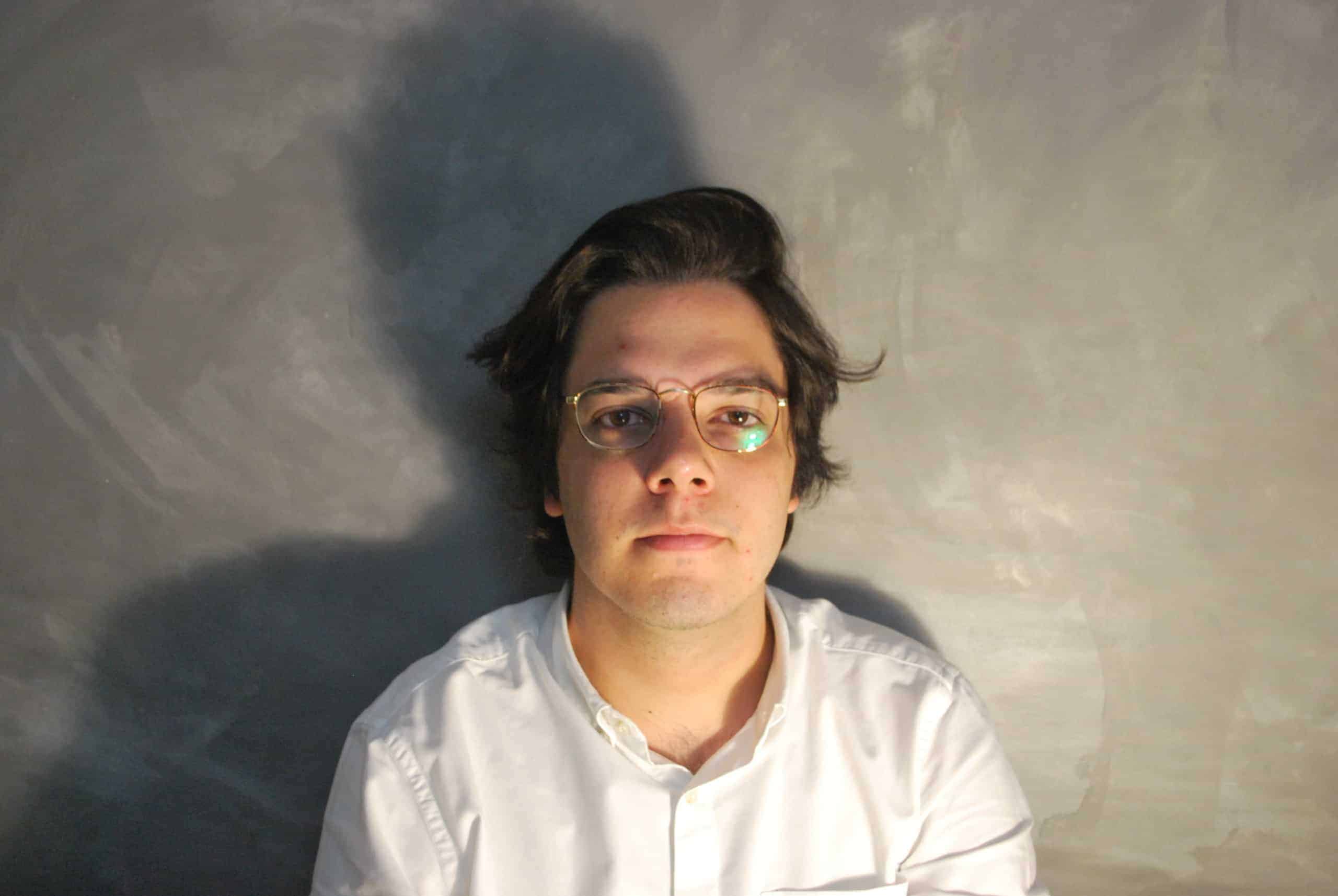
Michelle Racich created Heart of Zen in 2010, but her experience and knowledge about asian medicine study, meditation and qigong is more than four decades old. Michelle shared a bit of this knowledge in this special interview for MysticMag, talking about her journey, the benefits of shiatsu and also what is the “way of the tea”.
Don’t miss this interview!
How was your discovery process of Chinese medicine and all the benefits it brings?
Training in the martial arts for over 40 years has brought meditation, tea, qigong, and Asian medicine study, self-care tools and techniques into my life.
I apprenticed with a Zen shiatsu practitioner in Michigan, attended a two and a half year, post-graduate Zen shiatsu training program, and passed the national boards for Asian bodywork therapy (ABT). I continue to study and maintain a private practice in this manual form of Asian medicine.
What should everyone in the western world know about Chinese medicine?
The Chinese medical (CM) model has a 3000 year history of continual practice that successfully works to eliminate pathologies and prevent disease. Chinese medicine has two branches: herbal medicine and manual medicine. Herbal medicine includes ingested and topical herbs. Under the umbrella of manual medicine are ABT, acupuncture, tooling techniques, bone setting and surgical care.
CM is a vibrational medicine whose primary wellness goal is smooth flow of qi (Ki – Japanese). Qi is the transformation of potential energy to realized energy, the movement, the flow, the functions of life. CM works with the body/mind’s natural ability to heal from stress and damage. Zen shiatsu is a Japanesse form of ABT.
When did you start Heart of Zen?
I began practicing ABT in 2003, throught the American Organization of Bodywork Therapies of Asia (AOBTA); took the national boards in 2006 (National Certification Commission for Acupuncture and Oriental Medicine – NCCAOM); and established Heart of Zen in 2010.
Do you recommend shiatsu for specific pains and ailments or is it for anyone that is curious to try it?
Yes, both. Even if there is not a conscious awareness of any imbalance, we are always encountering stressors from the natural and man-made environment. At the very minimum, your Zen shiatsu session will help reset your sympathetic/parasympthetic nervous system and strengthen your body’s ability to relax and heal. More often, this work results in remarkable positive health shifts.
It is great trauma medicine. It is great anti-anxiety medicine. It is great medicine for the dense energy of muscle, tissue, bone. It is great medicine for the expansive energy of the emotional, psycho-spiritual aspects of wellness and growth.
A Zen shiatsu session at Heart of Zen is approximately one hour. The first session can be slightly longer. Each session is designed to address your current state of health, the symptoms you are experiencing, your constitution and qi. A variety of ABT techniques can be used to improve smooth qi flow. These techniques might include gentle holding, pressing with palms, thumbs, and fingers, and, when appropriate, more dynamic rotations and stretches. Additional tools and techniques may be used in a session. These can include, but are not limited to cupping, guasha, moxibustion, seiki-soho, teishin, and tuina. At the end of your appointment, home care recommendations may include qigong and/or liniments/topicals.
Can you explain to us what “the way of tea” is?
“Chado, the way of tea, is based upon the simple act of boiling water, making tea, offering it to others, and drinking of it ourselves. Served with a respectful heart and received with gratitude, a bowl of tea satisfies both physical and spiritual thirst. The frenzied world and our myriad dilemmas leave our bodies and minds exhausted. It is then that we seek out a place where we can have a moment of peace and tranquility. In the discipline of Chado such a place can be found. The four principles of harmony, respect, purity and tranquility, codified almost four hundred years ago, are timeless guides to the practice of Chado. Incorporating them into daily life helps one to find that unassailable place of tranquility that is within each of us.” – Sen Soshitsu
In a traditional Japanese tea ceremony, as it has been refined since the 1800s by Sen No Rikyou, guests will enjoy a bowl of hot, frothy, richly flavored usucha green tea, which is made by whipping hot water and powdered tea (matcha) with a bamboo whisk.
My Japanese tea ceremony lineage is that of Yamada Kazuharu Sensei, founder and head of the Shidou Ryu tea school in Kyoto, which espouses the philosophy that “tea is for everyone.”
How does your tea meditation work?
Tea meditation is NOT Japanese tea ceremony. Nor is it a deep dive into zazen practice. It is more of a quiet, reflective time; an opportunity to practice attention and presence. It incorporates all the senses through sight, sound, touch, smell, taste.
Tea meditation is the same simple act, of boiling, brewing and drinking. It takes about 30-45 minutes, depending upon the size of the group and the intention of the gathering. Guests are seated on zafu, mats, benches, chairs as needed. As host, I am seated on the floor with tea implements ready.
We begin by sitting in silence. Then I offer a bit of info about the tea we will be sharing, its origin, its botanical story or flavor profile. Then I will prepare tea,accompanied by only the sound the implements in use. Each guest will receive a bowl of tea, attention being directed to the sensory experience of the tea. We might re-steap the tea leaves several times. Then we will sit in silence again. Often, before closing, there will be an opportunity for guests to share any thoughts or revelations.
Do you have a special message for our audience in these challenging times?
Our systems are incredibly resilient and capable of inate self-care and repair. But sometimes we can be overwhelmed by what we are experiencing. When you feel this way, seek professional support.



